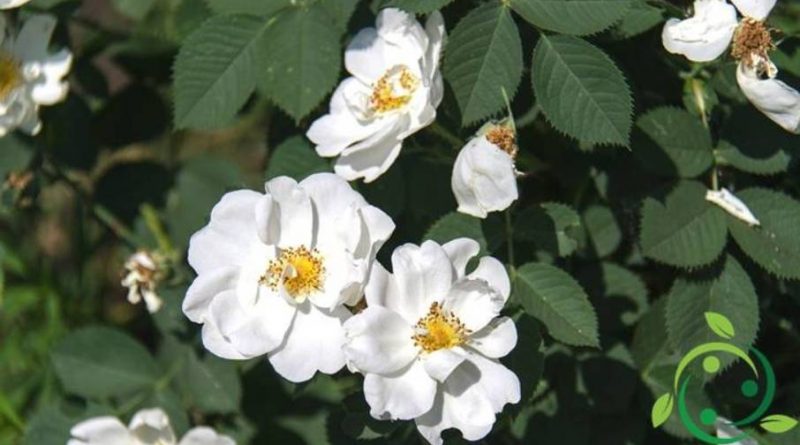How to grow Rose hip
How to grow Rose hip
The rose hip (Rosa canina L., 1753) is the most common wild rose species in Italy, frequent in hedges and at the edges of the woods. It is also called wild rose or rose bush.
It is a plant with a bushy habit that has a strong root system that keeps it well anchored to the ground. The importance of this plant is linked to its rusticity and to the fact that the lower aerial part of the plant is formed by erect branches from which there are numerous hanging twigs, excellent for forming hedges more or less high. The flowers are delicately scented and generally pale pink or bright pink, solitary or gathered in corymbs. The color of rosehips (false fruits) turns from light green to orange yellow and finally to ruby red when fully ripe. In this sheet we will see how to grow the Rosa canina, above all to constitute persistent hedges or climbing green walls.
Meanwhile, we emphasize immediately that the rose hip prefers sunny places but fits very well even in semi-gloomy places. It has a high rusticity even for the type of soil but this must not have stagnations otherwise the plant yellowing easily (due to some radical rottenness) until it can deteriorate. As for irrigation, this is especially necessary in the first year of life until the roots are deepened; after which it is necessary to intervene only in the summer period every 20-30 days in periods of prolonged drought and with quantities of water that penetrate deeply.
The fertilization must be carried out in replanting with a compost or, better still, mature manure; for the following years you must always intervene with organic matter at the beginning of spring, taking care to spread the fertilizer a little deep and taking care to cover with a layer of earth. Before the vegetative restart, in the late winter period, lightly pruning the branches of the previous year by one third of the length. An extraordinary intervention must be done every 3-4 years, pruning the old branches at the base to favor the emission of new ones.
With regard to reproduction, it should be remembered that the dog rose reproduces by seed or by cuttings. You can get seedlings in the nursery, sowing the receptacles of wild shrubs; subsequently, when the young shrubs are two or three years old, they are put in the ground during the spring period. If you start from cuttings instead, this is obtained in the period September-October taking the side jets of a year 15 – 20 cm long, taking care to use knives well sharpened and disinfected. These cuttings are rooted in a mixture of sand and peat and after rooting they are bred in individual containers for 2 – 3 years, after which they are always transplanted in the spring period.
The dog rose blooms in the period of June July and, in milder climates, also in August. Dog rose can also be grown in pots; in the ground instead, in the constitution of the hedges, plant the rosehip plants at a distance of 1.5-2 meters on the row. Among the adversities of this plant we remember above all: rust, oidium or badly white, leaf chlorosis, root rot; as far as insects are concerned, fears especially aphids. The first agronomic criterion to keep these adversities farther away is not to keep the plant in too damp, not very sunny soils and, above all, not to use synthetic nitrogen fertilizers. At the beginning of spring you can make preventive treatments (but also adjuvants) based on horsetail and nettle macerate.
Recall that fresh berries can be used in the preparation of a jam with a delicate taste; the dried berries, suitably preserved, can be used for the preparation of excellent infusions and herbal teas.

